Sigma 150-600mm Lens Review
The Sigma 150-600mm f/5-6.3 DG OS HSM Contemporary is a budget super-zoom telephoto lens aimed at sports, wildlife, and other types of photography. This review features sample photos I took while using the lens in the Canadian Rockies, Walt Disney World, and Disneyland and my thoughts about the lens.
I first heard about this lens and its main competitor, the Tamron 150-600mm f/5-6.3 VC last year while in Glacier National Park when another photographer was raving about the Tamron and how he could more or less use the thing to capture tack sharp photos of the bear’s nostrils (or something like that). I was kicking myself for not having one of the lenses at that point, becuase we had an embarassment of wildlife riches. I was basically tripping over bear, goats, and sheep every time I turned around.
My main motivation for testing the lens this year was a trip to the Canadian Rockies, and my assumption that those parks would have an equally stupid number of bears to photograph. Of course, once I had the lens necessary for shooting them, there was nary a bear in sight. Stupid bears. I was thereafter able to photograph animals at Disney’s Animal Kingdom and the San Diego Zoo Safari Park, but that isn’t quite the same, as those animals are basically presented to you on a platter.
But I digress. With my anecdotal preface out of the way, now is probably a good time to state the obvious–that this is unlike most other camera reviews in that this is a “real world” review. It’s based on my use of the lens in the regular course of taking photos in the field, how I felt about it as a result, my subjective take on its quality, and to whom I think it would be most useful.
It’s not based on a bunch of scientific photos in a sterile lab. As best I can tell, no real photographer is out there shooting lab charts and close-ups of pennies for fun or for clients. As an actual photographer taking real photos, I see more value in how the lens performs during ordinary shooting, and how edited photos from it look. If you want to stare at a bunch of photos of sharpness and color charts cropped to 100%, this is the wrong review for you.
Despite my bear woes, which (probably?) can’t be blamed on the lens itself, I was really impressed by the Sigma 150-600mm, and it definitely lives up to its reputation as an exceptional value. Let’s take a look at why…
For starters, this is one of two very similar Sigma 150-600mm lenses. The one being reviewed here is the “Contemporary” version (the competitor of the Tamron 150-600mm in terms of quality and price) and the other is the “Sport” version. I haven’t used the “Sport” version, but through the magic of the internet, my understanding is that it’s more optically complex, weather-sealed, and bulkier. Some also claim it performs better at the longer end, too.
By contrast, the Sigma 150-600mm is quite light. When discussing build quality, photographers often contend a lens “feels like a toy” to throw shade on cheaper lenses (ironically, the opposite is true of tripods–if it’s not carbon fiber, the “real” photographers won’t touch it). This lens feels like a toy, and I mean that in the best sense of the phrase. It is perplexingly light, which is significant because it means you can use this lens handheld without having to take a crash course in P90x. Perhaps this is the world’s first carbon fiber lens?!?!
In my highly scientific test of holding each in my hands at the same time and sort of bouncing them around, it felt like the 150-600mm had about the same weight as my Nikon 70-200mm f/2.8 VR. The Sigma 150-600mm is definitely the larger of the two, but it’s not embarrassingly large to the point that you’d be uncomfortable using it outside of wildlife and sports scenarios.
I like the think of the Sigma 150-600mm as the hippopotamus of lenses. You might not think that’s a compliment, but it is. Despite their clunky size, hippos are quite fast and agile. Don’t believe me? Watch this Amazing Hippo Compilation video. Much like the dignified river horse, the Sigma 150-600mm is a large lens, but is light, agile, and performs well.
Frankly, I was blown away by the lens’ performance. Covering an impressive 450mm of focal range and a $1,000 price point, I fully expected this lens to fall squarely into “jack of all trades, master of none” territory. So, when I found my shots at 340mm (the focal length of the bird photo above) to be as crisp and punchy as photos taken with one of my Nikon “Holy Trinity” lenses, I was a bit taken aback.
I previously tested the Sigma 50-500mm and was bracing myself for performance on par with that lens. While sharp, that lens was frustrating due to its flat images out of camera, slow focusing, and just generally cumbersome use off of a tripod. I had none of these issues (save occasionally with focus when photographing birds in flight) with the Sigma 150-600mm Contemporary.
Both the experience of shooting with the lens and the resulting photos it produced were significantly better than my results with the Sigma 50-500mm. Whether I was shooting surfers from the beach or rambunctious baby meerkat, the focus generally kept pace.
I had no problem shooting handheld in situations where it was necessary (although shooting on a tripod is definitely my preference if time and the situation allows). These are two really important things that I often don’t give much thought to because they aren’t issues I experience with the lenses I own, but at 300mm+ focal lengths, they are definitely important considerations.
I was also really impressed with the optical stabilization performance of the lens. I found myself shooting with handheld shutter speeds of 1/100th to 1/200th of a second at 400-600mm, and often had tack sharp photos (…mixed in with some blurry ones in burst mode, but I always try to play the odds in these situations).
This sharpness really sold me. Most of the time, I was shooting wide open, and even at those apertures, the lens was often far sharper than it had any business being. The bird photo near the top and the Disneyland planter photo directly above are prime examples. At 100%, I can see perfect detail in that bird’s feathers, and individual detail on the leaves of those flowers.
At 600mm, there is a drop-off in sharpness (particularly if I pixel-peep at photos shot with my Nikon D810), but it’s still usable, and fairly strong considering the zoom range of the lens. Optimal sharpness seems to be around 150-450mm, with the best aperture around f/8, but that’s totally unscientific–just my gut reaction to using the lens.
To be fair, this lens is not going to perform as well as a Nikon 400mm f/2.8 lens. I assume. Even I don’t trust me with an $11,000 lens, so I doubt I will ever know for sure. I don’t think any reasonable person is going to expect a $1,000 zoom lens to keep pace with a $10k+ prime lens, so it really makes no sense to compare the two. If you’re a professional sports or wildlife photographer with that kind of glass, this lens probably isn’t even on your radar.
Rather, this lens is for the photographers like me who aren’t professional wildlife or sports photographers (and thus can’t justify the pro-grade lenses) but want the reach. The Sigma 150-600mm almost certainly doesn’t have the quality or performance of a telephoto prime, but its performance was more than sufficient in the vast majority of situations and allowed me to get high-quality images in scenes I wouldn’t have even bothered to shoot had I not had this lens in my bag. It was a great solution for ~90% of the situations when I used it, which I would consider a stellar success rate. Yes, it’s a compromise lens, but that’s not too apparent when shooting with it in most situations.
With that said, there are constraints to shooting with the Sigma 150-600mm. I found it to be a great middle-of-the-day lens for wildlife photography, but I was shooting lazy elk, lounging gorilla, and perched meerkat. My shots in these scenes don’t demonstrate any limitations. However, none of these animals were exactly “on the move” to necessitate faster shutter speeds.
On the other hand, when I attempted to photograph fast-moving birds in less than optimal light or the Main Street Electrical Parade at night, I started to feel those limitations. In the case of the former, I couldn’t focus quickly-enough to grab a lot of shots (although much of this could have been user error as I’ve never photographed moving birds, and had plenty of difficulty just framing my shots at 600mm in the first place). For the latter, that f/6.3 aperture meant really high ISOs and noisy shots. I think these are the kinds of compromises you have to accept when shooting with a variable aperture telephoto zoom that costs a fraction of the amount of a telephoto prime, though.
In terms of usefulness in the Disney Parks, this lens has plenty of upside for its ability to compress scenes for creative photos and also provide reach at Disney’s Animal Kingdom. With that said, this lens would not be high on my list of purchases for those who are primarily into photographing Walt Disney World or Disneyland.
In fact, unless you already own at least 5 other lenses, I would not recommend buying this one if you’re mainly photographing Disney. Even though it does offer versatility, it’s more of a special use case. If you aren’t going to be regularly using it for its reach (which you will seldom need in the parks as a 70-200mm lens will suffice in 95%+ situations) when shooting outside of the parks, it’s not a lens worth buying, even at this price point.
On the other hand, if you are like me and looking to dabble more in other types of photography, particularly wildlife and sports, it is a very tempting option that offers a great intersection of price and performance. In my case, I’m going to want a lens like this 4-5 times per year when going to National Parks or sporting events. In the past, people like me would rent a lens like this in those situations, since an option with sufficient quality would be ~$2,000, and it just wouldn’t make sense to drop that kind of money on owning the lens.
Now that this lens and the Tamron are around $1,000, the scales are tipped in favor of buying. This is especially true in my case, as the scenarios in which I’d like to or could use the lens (trying to get creative at Disneyland, photographing surfers at the beach, stalking Carrot Top at the Santa Monica Pier, etc.) gives me even more occasions to use it.
Overall, if you are in the market for a long telephoto lens but aren’t making money shooting wildlife or sports and don’t have a trust fund, the Sigma 150-600mm Contemporary lens is a great option. I view this as the perfect gateway into those types of photography, and the lens has a lot going for it that is going to make it appeal to enthusiasts. As far as strictly Disney photography goes, this isn’t a lens to which I can give a resounding endorsement, but that’s mostly because I think its longer focal lengths are superfluous for most photography in the theme parks, and because its larger size might attract unwanted attention from security. For everyone shooting in a wider array of locations, it’s definitely a lens that should be on your radar.
Want to learn more about photography to take great photos in the Disney theme parks and beyond? The best place to start is Tom’s Ultimate Disney Parks Photography Guide, which covers a variety of topics from links to tutorials, tips, and tricks to recommendations for point & shoots, DSLRs, lenses, and more!
If you do want to purchase new photography equipment, we recommend the following trusted & authorized retailers. Buying from these retailers helps support this blog, and doesn’t cost you a thing:
Amazon
B&H Photo
Adorama
For other photography equipment recommendations or photography tips in general check out a few of my top photography blog posts:
Best Books for Improving Your Photography
5 Indispensable Tips for Better Vacation Photos
Choosing the Best Travel Tripod
Choosing the Best Camera Bag for Travel
YOUR THOUGHTS…
Have you used the Sigma 150-600mm lens? What do you think of it? Does a super telephoto lens interest you, or do you not have enough uses for a lens with this much zoom? Please ask any questions or share your thoughts below, and I’ll offer my feedback!
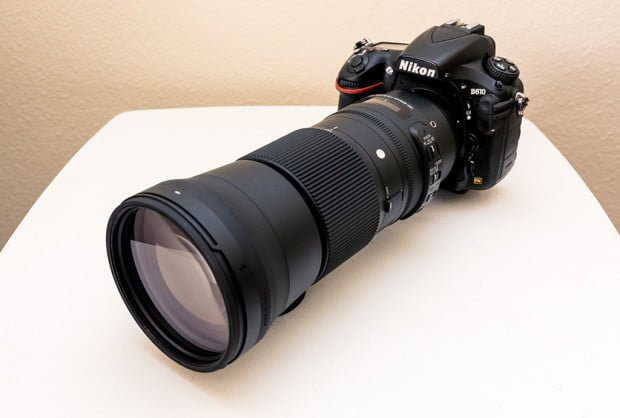
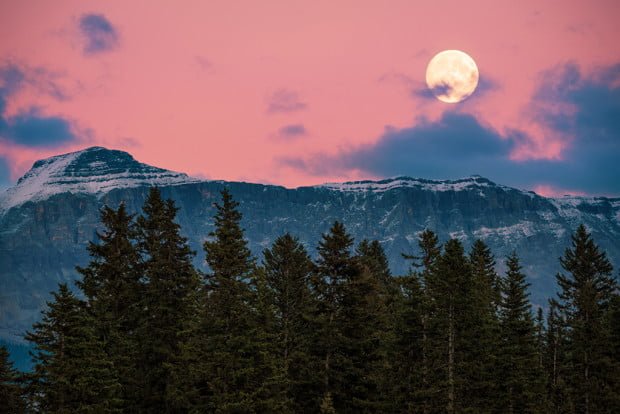

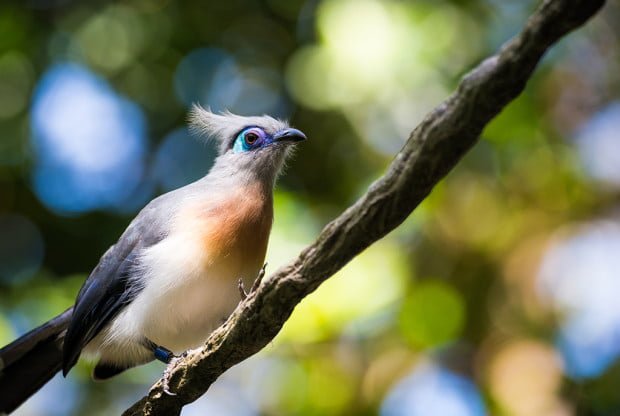
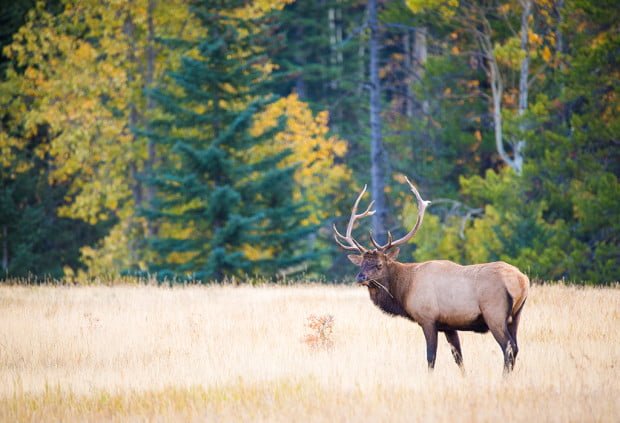
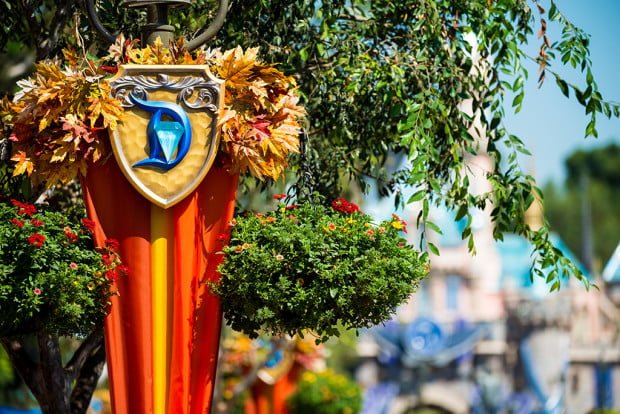
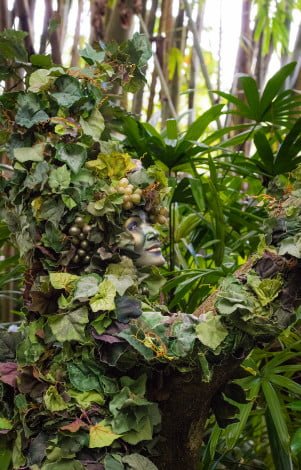
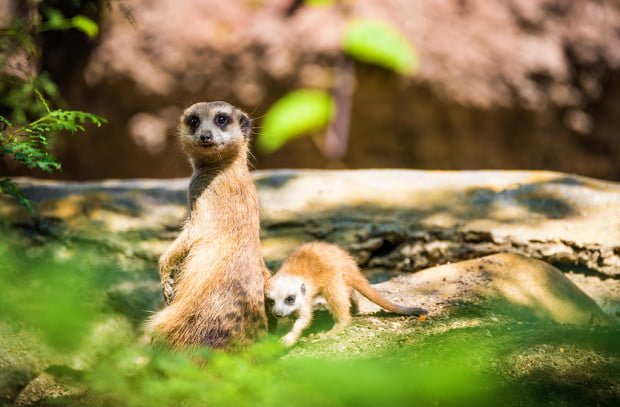
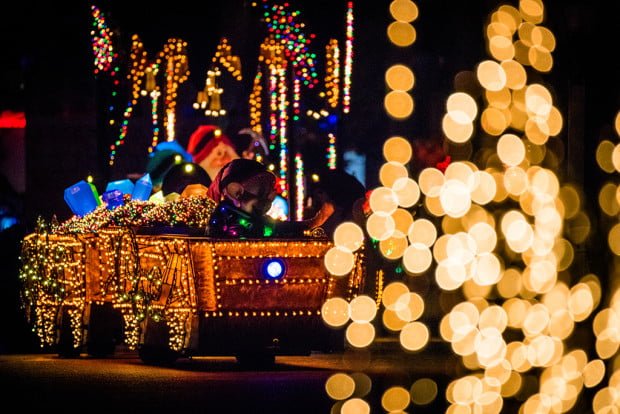
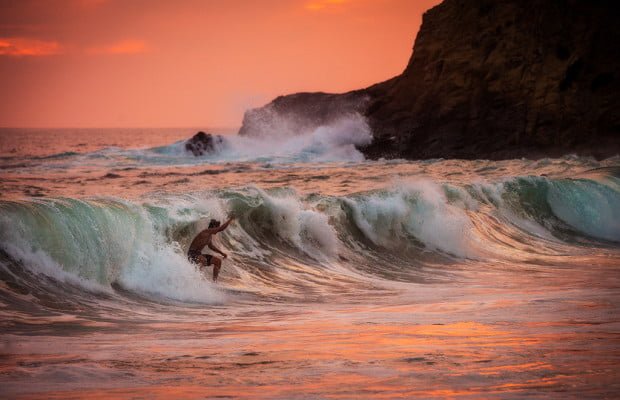
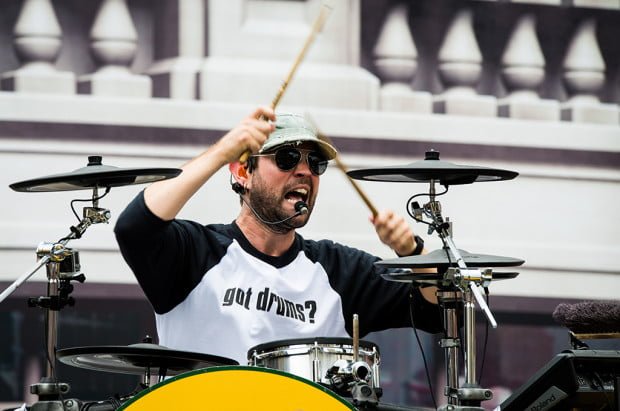

Tom,
I’ve been a huge fan of your Disney photography for years, and I occasionally check in here to see if you’ve posted anything that blows me away. I’ve got to say, your surfer photograph above does. Something about it is just mesmerizing. I can’t explain it, but this is a world-class photograph! Thanks for the images…keep up the good work!
Doug
Thanks for the kind words! I like that photo, too, although it doesn’t even compare to what serious surf photographers can do.
Tom,
I have the Tamron 150-600, and although I have never used the Sigma (the Tamron was available more than a year earlier, and I wasn’t going to wait), comparisons show that they are optically pretty much equivalent. I certainly have no complaints about the Tammy. Whichever people can get a better deal on, that’s the way they should go if they need a lens like this one. I am not sure, however, that I want to lug it around the Disney parks.